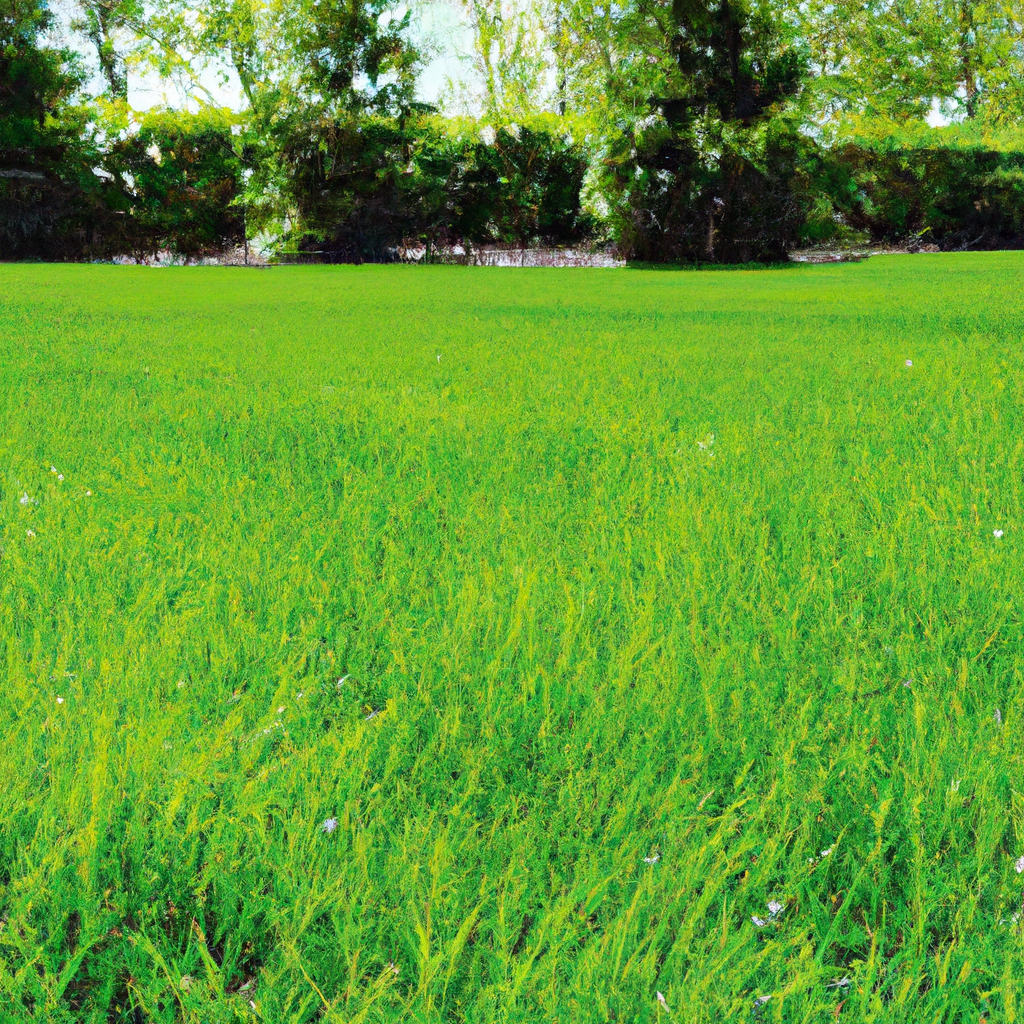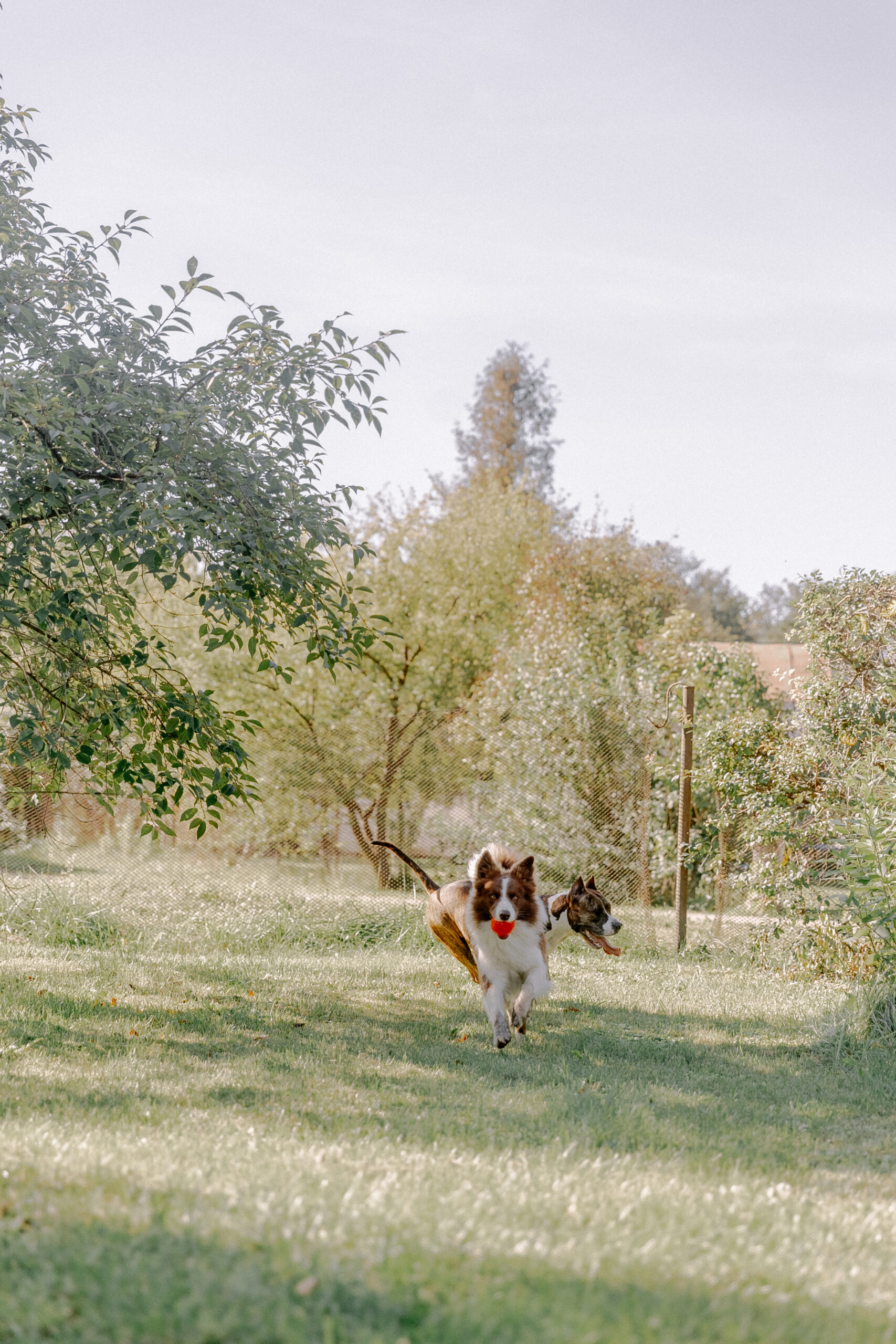Imagine walking barefoot on a lush, green lawn, where every blade of grass stands tall and vibrant. Now envision this picture-perfect view being the envy of your neighbors. It may seem like an unattainable dream, but with superior sod, it can become your reality. The secret to achieving a beautiful lawn lies in choosing high-quality sod that is carefully cultivated and maintained. In this article, we will explore why superior sod is the key to achieving a picture-perfect lawn and how it can transform your outdoor space into a stunning oasis.
What is sod?
Sod is a type of grass that has been grown and cultivated specifically for use in lawns and landscapes. It is typically sold in narrow rolls or square sections and can be easily installed on prepared soil. Sod provides an instant, lush green appearance to a lawn and is a popular choice for homeowners looking to quickly establish a new lawn or repair damaged areas.
Definition of sod
Sod, also known as turf, refers to the layer of grass and soil that is cut and rolled in a ready-to-install format. It is commonly used to create attractive and functional lawns, sports fields, and golf courses. The sod is typically harvested when the grass has reached a mature stage, ensuring a healthy and established root system.
Types of sod
There are various types of sod available, each with its own characteristics and suitability for different environments. Some common types of sod include Kentucky Bluegrass, Bermuda Grass, Zoysia Grass, and St. Augustine Grass. The choice of sod depends on factors such as climate, soil conditions, and desired aesthetics.
Advantages of using sod
Instant gratification
One of the primary advantages of using sod is the instant gratification it provides. Unlike seeding, which requires weeks or even months for grass to fully establish, sod instantly transforms a bare patch of soil into a lush, green lawn. This is especially beneficial for homeowners who are looking to quickly enhance the appearance of their property or are preparing for a special event.
Erosion control
Sod plays a crucial role in preventing soil erosion in areas with sloped or uneven terrain. When installed correctly, sod forms a dense and stable ground cover that helps to hold the soil in place and prevents it from washing away during heavy rainfall or irrigation. This makes it an excellent choice for areas prone to erosion, such as hillsides or areas adjacent to bodies of water.
Weed prevention
Another advantage of sod is its ability to suppress weed growth. When properly installed, sod forms a tight and uniform carpet of grass, leaving little room for weeds to establish themselves. Unlike bare soil or seeded lawns, sod provides immediate coverage, minimizing the opportunity for weed seeds to take root and compete with the desired grass.
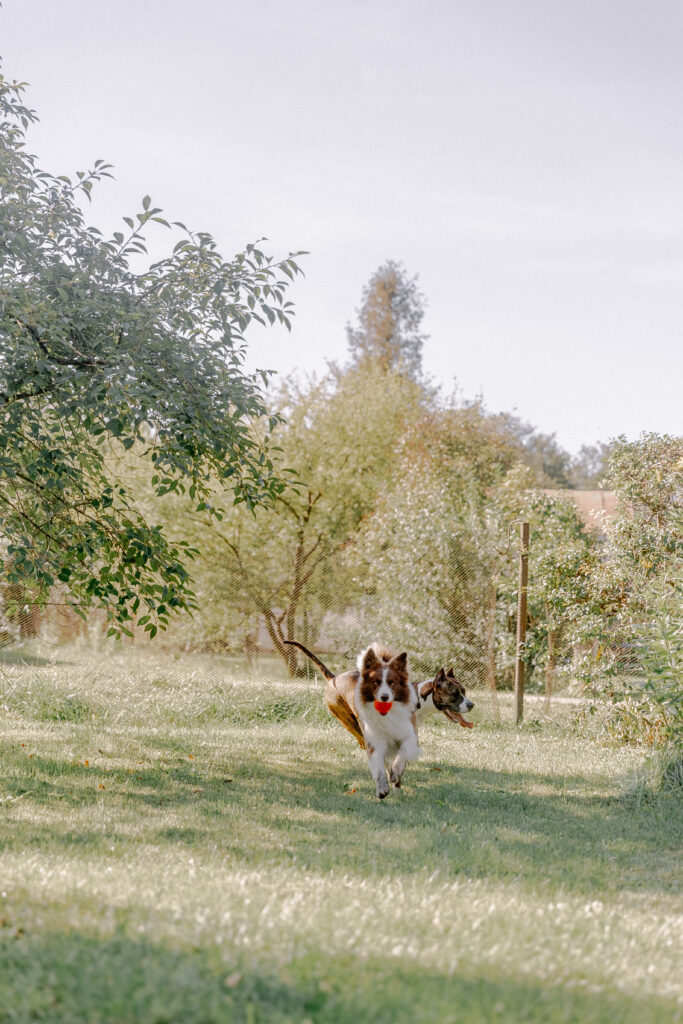
Characteristics of superior sod
Freshly harvested
Superior sod is characterized by its freshness. It is typically harvested just prior to delivery or installation, ensuring that the grass is at its peak health and vigor. Freshly harvested sod contains young and actively growing blades of grass that adapt quickly to their new environment, resulting in a strong and resilient lawn.
Uniform appearance
Superior sod exhibits a uniform appearance, with consistent color, texture, and thickness throughout the rolls or sections. This uniformity creates a visually pleasing and cohesive lawn. By using sod with a uniform appearance, homeowners can achieve a professional and well-maintained look without significant effort.
Healthy root system
High-quality sod possesses a healthy root system, which is crucial for the long-term success of the lawn. A healthy root system allows the grass to efficiently absorb water and nutrients from the soil, promoting optimal growth and vitality. Additionally, a strong root system helps to anchor the sod and enhances its ability to withstand foot traffic and environmental stressors.
How to choose the right type of superior sod
Consider climate
When selecting superior sod, it is important to consider the climate of your region. Different grass species have varying tolerance to heat, cold, drought, and disease. Research the specific climate requirements of the grass species that thrive in your area and choose sod varieties that are known to perform well under those conditions.
Assess soil conditions
Understanding the soil conditions in your lawn is crucial for choosing the right type of sod. Conduct a soil test to assess its pH, nutrient levels, and drainage characteristics. Some grass species are better suited for acidic soils, while others prefer neutral or alkaline conditions. Additionally, the soil’s ability to retain water and drain excess moisture should be taken into account when selecting sod.
Select appropriate grass species
There are numerous grass species available, each with its own unique characteristics. Consider factors such as desired appearance, maintenance requirements, and the intended use of the lawn. For instance, if you have children or pets that will be using the lawn frequently, choose a grass species that is known for its durability and ability to withstand heavy traffic.
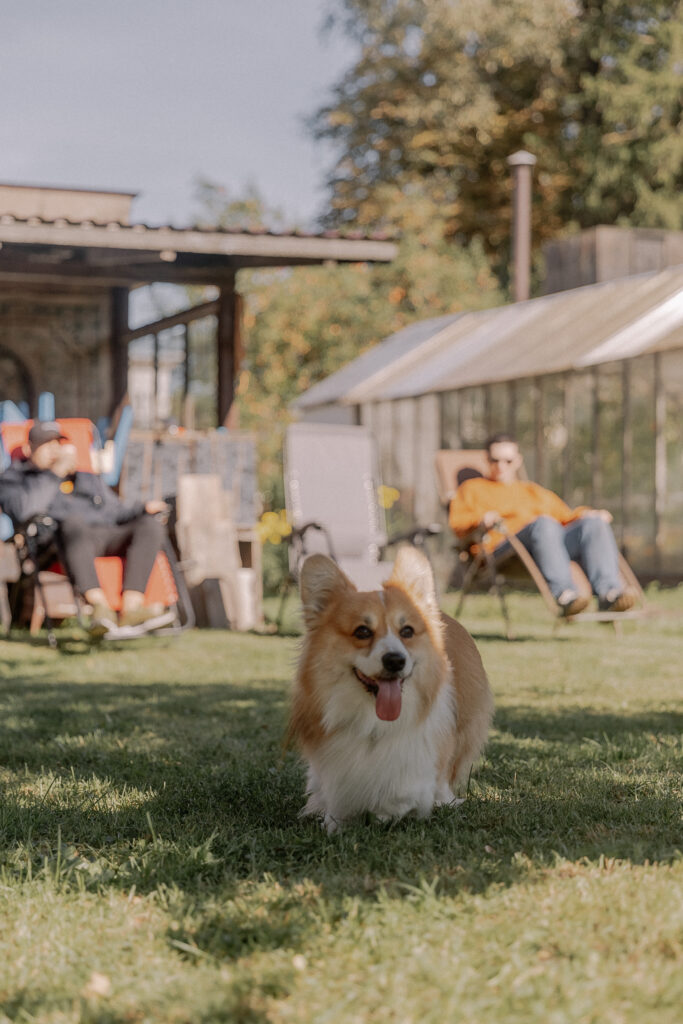
Preparing your lawn for sod installation
Clearing the area
Before installing sod, it is essential to clear the area of any existing vegetation, rocks, and debris. Remove any weeds or unwanted grass by using herbicides or manually pulling them out. Clearing the area ensures that the sod has a clean and uninterrupted surface to establish itself.
Leveling the ground
A level and even surface are necessary for proper sod installation. Use a garden rake or shovel to remove high spots and fill in any low areas. This will help prevent uneven growth and ensure a uniform appearance of the sod.
Improving soil quality
In order to create an optimal environment for sod to thrive, it is beneficial to improve the quality of the soil. Add organic matter such as compost or peat moss to boost nutrient levels and enhance soil structure. This will provide a fertile foundation for the sod and promote healthy growth.
Proper installation techniques for superior sod
Measuring and marking
Before laying the sod, it is important to accurately measure the area and mark any irregularities such as curves or angles. This will help ensure that the sod fits properly and minimizes the need for additional cuts or adjustments during installation.
Laying the sod
Start by laying the first row of sod along a straight edge, such as a driveway or sidewalk. Avoid stretching or pulling the sod, as this can cause it to shrink and create gaps. Stagger the joints of each piece of sod to create a seamless and visually appealing finish. Use a sharp knife or sod cutter to trim the sod as needed to fit irregular areas.
Watering and initial care
Immediately after installing the sod, thoroughly water the entire area to ensure that the soil beneath is adequately moistened. Continue to water the sod regularly for the first few weeks, keeping the soil consistently moist but not waterlogged. Avoid walking or mowing the sod until it has fully established, which typically takes around two to three weeks.

Maintaining a picture-perfect lawn with superior sod
Regular watering
Regular watering is essential for maintaining a healthy and vibrant lawn. Water deeply but infrequently to encourage the roots to grow deeper into the soil. Aim to provide around 1-1.5 inches of water per week, either through rainfall or irrigation. Adjust watering frequency and duration based on weather conditions and the specific needs of your grass species.
Mowing and trimming
Proper mowing practices are crucial for maintaining the appearance and health of your sod. Set your lawnmower to the recommended height for your grass species and avoid cutting more than one-third of the grass blade length at a time. Regularly inspect and sharpen your lawnmower blades to ensure clean cuts and prevent damage to the grass.
Fertilizing and weed control
Fertilizing your lawn regularly helps provide the necessary nutrients for optimal growth and color. Choose a high-quality, slow-release fertilizer appropriate for your grass species and apply it according to the manufacturer’s instructions. To prevent weed growth, apply a pre-emergent herbicide in early spring and maintain a dense and healthy turf that naturally helps to suppress weed seeds.
Common problems with sod and how to troubleshoot
Disease and pest infestation
Sod is susceptible to various diseases and pests, which can cause yellowing, brown patches, or overall decline in the health of the grass. Proper maintenance practices, including regular watering, mowing, and fertilization, can help prevent these issues. If disease or pest problems arise, consult with a professional or local extension office to identify the problem and determine the most appropriate treatment.
Brown patches or bare spots
Brown patches or bare spots can occur in sod due to factors such as inadequate watering, poor drainage, or uneven compaction of the soil. To troubleshoot these issues, ensure that the sod is receiving sufficient water and adjust irrigation as needed. Improve drainage by aerating the soil and consider adding topsoil or compost to address uneven compaction and provide a better growing medium for the grass.
Uneven growth
Uneven growth in sod can result from factors such as poor soil preparation, improper installation techniques, or insufficient maintenance. To address uneven growth, carefully evaluate the soil conditions and make any necessary amendments to improve its quality. Correct any installation mistakes, such as improper sod spacing or incorrect watering practices. Additionally, mow and fertilize the lawn regularly to promote uniform growth.
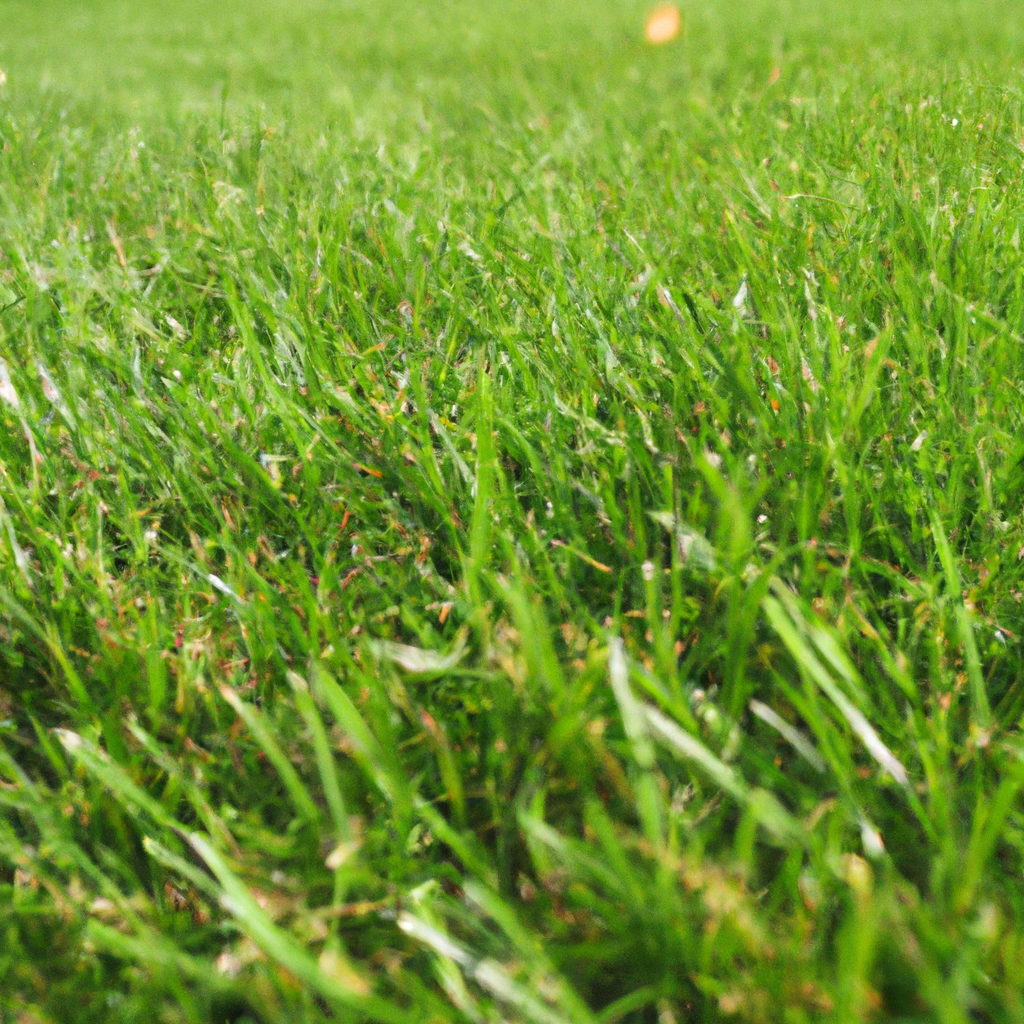
How to prevent common sod problems
Proper watering practices
Maintaining proper watering practices is key to preventing common sod problems. Water deeply and thoroughly to encourage deep root growth and ensure that the soil is adequately moistened. Avoid over-watering, as this can lead to shallow root growth and increase the risk of disease. Regularly monitor the moisture levels of the soil and adjust watering frequency as needed based on weather conditions and grass species.
Adequate lawn care
Regular and proper lawn care plays a vital role in preventing sod problems. This includes regular mowing, fertilization, and weed control. Ensure that your lawnmower blades are sharp and set to the correct height for your specific grass species. Apply appropriate fertilizers at the recommended times and rates to provide the necessary nutrients for healthy growth. Take preventative measures, such as applying pre-emergent herbicides, to minimize weed infestation.
Early identification and treatment
Early identification and treatment of sod problems are crucial for preventing further damage. Regularly inspect your lawn for signs of disease, pest infestation, brown patches, or uneven growth. Learn to recognize the early symptoms of common sod problems and take prompt action to address them. Consult with professionals or refer to reputable lawn care resources for accurate diagnosis and treatment recommendations.
Testimonials from satisfied customers
Lawn transformations
“Installing superior sod completely transformed my yard! Within days, I had a lush, green lawn that made my neighbors jealous. It was definitely worth the investment!”
Increased property value “I recently sold my house, and I believe that the high-quality sod I installed played a significant role in increasing its value. Potential buyers were impressed by the perfectly manicured lawn.”
Satisfaction with superior sod “I have tried various methods to establish a healthy lawn, but nothing compares to the results achieved with superior sod. The instant gratification, uniform appearance, and ease of maintenance have made me a loyal customer.”
